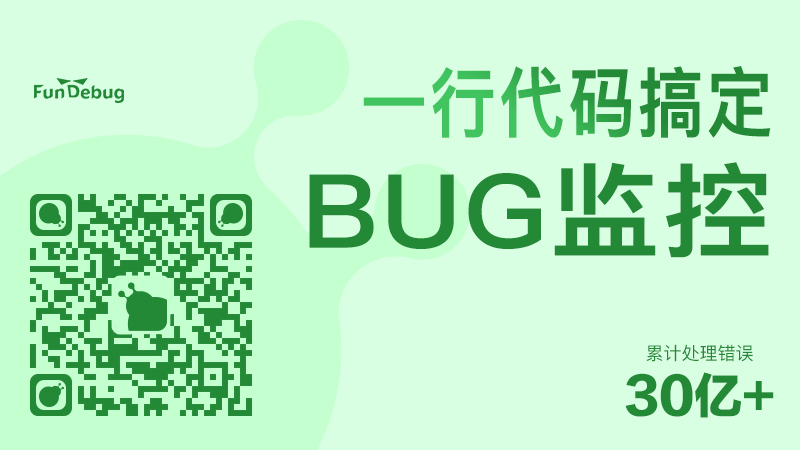译者按: 对于Promise,也许你会用了,却并不理解;也许你理解了,却只可意会不可言传。这篇博客将从3个简单的视角理解Promise,应该对你有所帮助。
为了保证可读性,本文采用意译而非直译,并且对源代码进行了大量修改。另外,本文版权归原作者所有,翻译仅用于学习。
示例1中,asyncFunc()函数返回的是一个Promise实例:
// 示例1
function asyncFunc()
{
return new Promise(function(resolve, reject)
{
setTimeout(function()
{
resolve('Hello, Fundebug!');
}, 100);
});
}
asyncFunc()
.then(function(x)
{
console.log(x); // 1秒之后打印"Hello, Fundebug!"
});
1秒之后,Promise实例的状态变为resolved,就会触发then绑定的回调函数,打印resolve值,即"Hello, Fundebug!"。
那么,什么是Promise呢?
- Promise调用是阻塞的
- Promise中保存了异步操作结果
- Promise是一个事件
Promise调用是阻塞的
示例2可以帮助我们理解阻塞:
// 示例2
function asyncFunc()
{
return new Promise(function(resolve, reject)
{
setTimeout(function()
{
resolve('Hello, Fundebug!');
}, 1000);
});
}
async function main()
{
const x = await asyncFunc(); // (A)
console.log(x); // (B) 1秒之后打印"Hello, Fundebug!"
}
main();
以上代码是采用Async/Await语法写的,与示例1完全等价。await的中文翻译即为"等待",这里可以"望文生义"。因此,相比于使用Promise实现,它更加直观地展示了什么是阻塞。
- (A)行: 等待asyncFunc()执行,直到它返回结果,并赋值给变量x
- (B)行: 打印x;
事实上,使用Promise实现时,也需要等待asyncFunc()执行,之后再调用then绑定的回调函数。因此,调用Promise时,代码也是阻塞的。
Promise中保存了异步操作结果
如果某个函数返回Promise实例,则这个Promise最初相当于一个空白的容器,当函数执行结束时,其结果将会放进这个容器。示例3通过数组模拟了这个过程:
// 示例3
function asyncFunc()
{
const blank = [];
setTimeout(function()
{
blank.push('Hello, Fundebug!');
}, 1000);
return blank;
}
const blank = asyncFunc();
console.log(blank); // 打印"[]"
setTimeout(function()
{
const x = blank[0]; // (A)
console.log(x); // 2秒之后打印"Hello, Fundebug!"
}, 2000);
开始时,blank为空数组,1秒之后,"Hello, Fundebug!"被添加到数组中,为了确保成功,我们需要在2秒之后从blank数组中读取结果。
对于Promise,我们不需要通过数组或者其他变量来传递结果,then所绑定的回调函数可以通过参数获取函数执行的结果。
Promise是一个事件
示例4模拟了事件:
// 示例4
function asyncFunc()
{
const eventEmitter = {
success: []
};
setTimeout(function()
{
for (const handler of eventEmitter.success)
{
handler('Hello, Fundebug!');
}
}, 1000);
return eventEmitter;
}
asyncFunc()
.success.push(function(x)
{
console.log(x); // 1秒之后打印"Hello, Fundebug!"
});
调用asyncFunc()之后,sucesss数组其实是空的,将回调函数push进数组,相当于绑定了事件的回调函数。1秒之后,setTimeout定时结束,则相当于事件触发了,这时sucess数组中已经注册了回调函数,于是打印"Hello, Fundebug!"。
当Promise成功resolve时,会触发then所绑定的回调函数,这其实就是事件。
参考
关于Fundebug
Fundebug专注于JavaScript、微信小程序、微信小游戏、支付宝小程序、React Native、Node.js和Java实时BUG监控。 自从2016年双十一正式上线,Fundebug累计处理了7亿+错误事件,得到了Google、360、金山软件、百姓网等众多知名用户的认可。欢迎免费试用!

版权声明
转载时请注明作者Fundebug以及本文地址:
https://blog.fundebug.com/2017/09/25/3-ways-to-understand-promise/